Blog • Understanding Publishing
Last updated on Oct 15, 2025
Ask an Editor: How are textbooks made and why are they so damn expensive?
Martin Cavannagh
Head of Content at Reedsy, Martin has spent over eight years helping writers turn their ambitions into reality. As a voice in the indie publishing space, he has written for a number of outlets and spoken at conferences, including the 2024 Writers Summit at the London Book Fair.
View profile →Karrin Marie Varucene is a Reedsy editor with seven years of editorial experience, including development editing, copy editing, and proofreading. She gained her editorial start in educational publishing and has since groomed her skills with nonfiction manuscripts, creativity and digital content marketing.
I don’t think anyone ever wakes up one day and thinks, “I’d like to be an editor of college textbooks.” I certainly didn’t when I decided to pursue a career in publishing. I loved reading, I loved writing, I enjoyed the process of revision — of making something good, better. I envisioned working with famous authors on future bestsellers.
It was quite by accident that I stumbled into educational publishing, but with a B.A. in English and having just returned from a year teaching English abroad in China, I found it to be a logical and worthy fit.
Despite having used textbooks throughout their education, most people know very little about the textbook business. So here are answers to questions I’m often asked about my work.
Where does the idea for a textbook come from?
Acquiring a first-edition textbook usually happens one of two ways:
1) The author seeks out the publisher, often contacting the Acquisition Editor with a book proposal and sample manuscript. The proposal would, of course, include a summary of the book's content, the course for which it is intended, a list of competing textbooks, and what would make this book different from similar ones on the market (and therefore worth publishing).
2) The Acquisition Editor identifies the need for a particular book for a particular course. S/he will go to educational conferences and search for well-established instructors who would be a good fit, based on professional experience, for writing that book.
How do you decide what goes into textbooks?
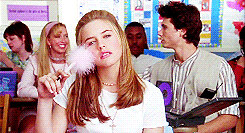 In general, a college textbook is designed and written to fit a particular college course.
In general, a college textbook is designed and written to fit a particular college course.
For example, introductory-level English Composition courses anywhere in the country will address the same basic writing skills: the fundamental elements of an essay, various types of essays (narration, description, argument, to name a few), and research and citation.
A publisher will sign and develop a textbook to fit the market need. And while there will always be a need for textbooks to fit 101-level courses (Psychology, Biology, Composition), sometimes there are educational movements, nationwide, that result in a broad restructuring of a course, its goals, and its syllabus. This leads to the development of new textbooks to fit the redesigned course.
Over the last several years, there has been a movement to stop teaching remedial-level reading and writing courses as two separate courses and, instead, to bring the two together in what are called integrated reading and writing courses, in which students learn the inherently linked skills simultaneously, in a single class.
Whether their book is a brand new first edition or it’s undergoing revision for a forthcoming edition, the Development Editor and author will take a similar approach. They will consult instructors (professors, lecturers, adjuncts) throughout the development process to ensure that the book meets the needs of the students, the instructors, and the course and department goals.
How do you convince schools to assign your textbooks?

An important part of the process for any textbook is to determine its “story.” To nail down the book’s identity and where it fits into the market. What key features does it have to help students learn and to help the book stand apart from the competition?
The Development Editor works closely with the marketing manager for the list to develop a book’s story and determines the key features that will help sell it. In the example of a writing textbook, these features can include end-of-chapter spotlights that show real student writers talking about their writing process or even a unique feature that serves as the foundation for a series of textbooks — a mnemonic device designed to help students remember the four key elements of a well-written paragraph or essay.
Features like these are what the sales and marketing teams will point to as they work on selling the book to individual instructors and entire departments at universities.
Why does there need to be a new edition?

There is a common misconception about textbook publishers that they put out new versions of a text every couple of years — with only minor changes made to the title of a chapter here or a new reading selection there — to continue making a profit on a book that remains virtually unchanged for years. Having been on the publisher's side, I can tell you this is not true.
Now yes, it’s true that, ultimately, a publisher is a business; it needs to make a profit (and it will). But the publisher that does its job well is looking for ways to bring valuable material to students in innovative and engaging ways with each new edition. These days, that often means developing online experiences to supplement and enhance the material found in the book, and additional opportunities for practice and quizzing to ensure the students are absorbing the material.
Stale features get dropped, new ones will be added, more than 25 percent of the reading selections are replaced (sometimes close to 100 percent, even, depending on the book). Photos and illustrations are commissioned to keep students engaged in the material and to cater to ever-decreasing attention spans.
All of this leads to probably the most pressing question that any student — and often even many instructors — has these days.
Why do textbooks cost so much?

The answer isn't simple, and it involves many factors. A recent Planet Money podcast addressed some of the factors — namely the self-perpetuating cycle in which students stop buying books for their courses or buy used versions and old editions at significant discounts, because of the price ticket, which results in publishers raising prices to maintain a profit.
While these are certainly primary contributors to the rising cost of textbooks, I would add to this two additional factors:
1) Permission to use the additional materials included to engage students and appeal to a variety of learning styles — anything beyond the text originated by author or Development Editor — will cost the publisher or author. These costs have risen steeply over the years as publishers have to request not only print rights but also now electronic rights for e-book versions of the texts. Those who hold the rights to those materials have watched textbook prices soar and therefore want a larger share of the growing profit pie (see self-perpetuating cycle above).
2) Let’s not forget a school’s bookstore, which often adds a hefty markup on top of an already significant list price to turn a profit of its own.
So yes, textbooks are expensive. But they also help shape a student’s future, whether teaching him to write a logical, coherent, grammatically correct essay or teaching her the fundamentals of psychology, which may lead her to pursue a career in child psychology. And knowing that I have a hand in shaping those futures? Well, that feels pretty good.
What other burning questions would you like to ask an Academic Editor? Drop them in the comments box below and Karrin will do her best to answer them!
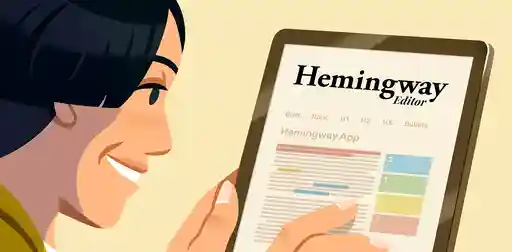
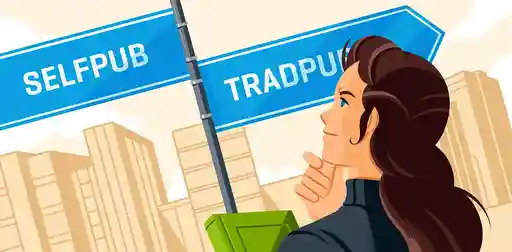
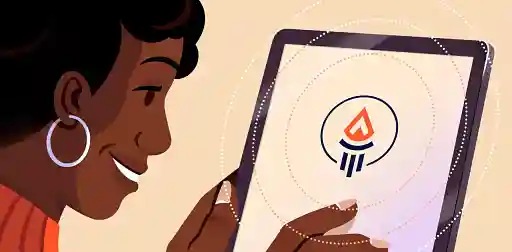
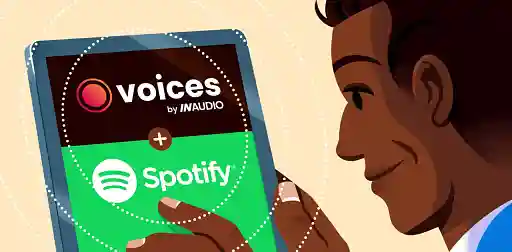
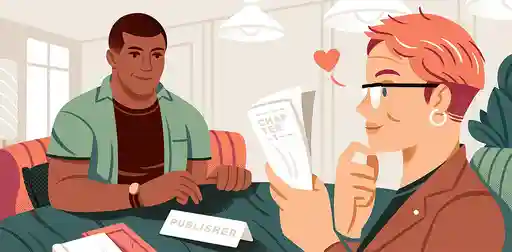
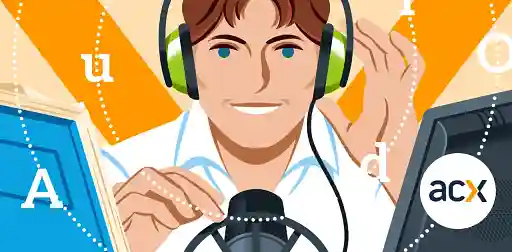


2 responses
Katy Hamilton says:
02/12/2016 – 18:08
A great post, Karrin. Coming from an academic publishing background myself, I would also add that new textbook authors are often surprised at the substantial impact on the production cost- and therefore list price- of increased word counts, full colour, lots of images and tables etc. These are less of an issue if you are printing hundreds of thousands of copies but for the majority of textbooks, particularly first editions, the print runs are quite conservative to start with as it takes time for textbooks to become 'entrenched' on courses. As many students are now also choosing- or being encouraged by their universities- to use e-books, this also brings down the print runs. You are right that most people who go into publishing don't intend to go into textbook publishing initially but it's a really interesting time to be in the industry!
Abigail Wilentz says:
03/12/2016 – 21:13
The textbook publishing experience can seem worlds apart from trade, and this post offers a lot of insight on this. I've edited both trade books and textbooks, and one element of academic publishing that really stood out to me is the peer review--when professors around the country give their opinions of a project, and what they would require if they were to adopt the book in their own classes. This stage, along with an author's willingness to work with their requests, can make or break the decision to move forward with a textbook's publication. In short, authors should keep in mind that the initial proposal is just a jumping off point--be ready to adapt once the publisher "takes the temperature" of what instructors in the field want and need most.